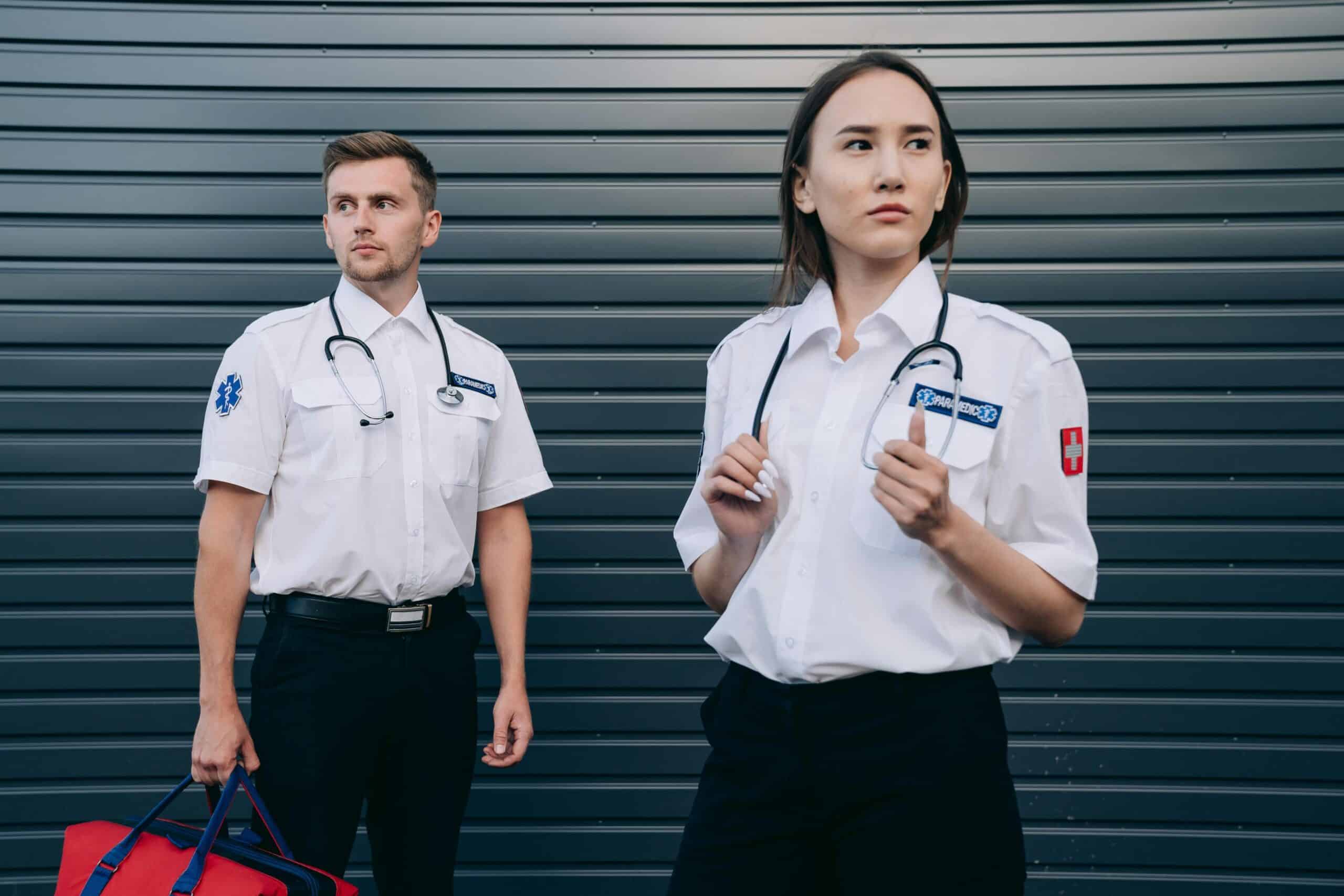How Long Does it Take to Get a BLS Certification? 4 Steps to Follow

Sudden cardiac arrest affects an estimated 1,000 people per day in the U.S. and represents a true public health crisis. Cardiac arrests outside the hospital setting are estimated to be fatal in roughly 90% of those cases, and the right skills at the right time can be the difference between life and death.
Additionally, cardiac arrest can happen to people of all ages, including children, teens, and even people who appear to be in good health. Risk factors include heart disease, chronic high blood pressure, high cholesterol, congenital heart defects, smoking, and obesity to name a few, and it’s why all nurses are required to get and maintain Basic Life Support (BLS) training throughout their careers.
The tried-and-true treatment algorithms and skills taught in courses hardwire foundational concepts that empower healthcare professionals to change the game in these critical moments. How long does it take to get a BLS certification? Glad you asked. Here’s everything you need to know to complete this valuable training.
What is Basic Life Support?
BLS combines evidence-based interventions proven to support cardiopulmonary resuscitation of people in cardiac arrest or those at risk of deterioration for reasons like respiratory failure or lethal cardiac arrhythmia. This includes well-known techniques like CPR, but BLS training is significantly more comprehensive.
BLS certification also isn’t just for public servants or people working in healthcare. It’s appropriate for professionals in a range of people-oriented fields. This includes teachers, childcare professionals, coaches, lifeguards, bus drivers, and people in the food service industry. A BLS certification course is comprehensive and can prepare anyone willing to help by covering topics like:
- How to recognize and manage someone with an airway obstruction.
- How to recognize or manage someone with respiratory failure.
- How to perform cardiopulmonary resuscitation (CPR).
- How to provide ventilatory support.
- How to use an AED.
- How to call for help and initiate the chain of survival.
Now that you have an idea of what is involved, how long does it take to get a BLS certification?
Four Steps to Follow to Get a BLS Certification
Despite being such a powerful skillset for a variety of professionals, a course can actually be completed in a relatively short period of time. There are many options available today for BLS certification, and if you are completing your training with a fully online course, the entire process will only take you about four hours total.
1. Find a Course
The first thing you’ll need to do is find a course that fits your schedule and is convenient to access. There are several formats to choose from, and they have their benefits and drawbacks.
In-Person Classes
Some people prefer in-person classes where they can ask questions, interact with the instructor and other students, and practice skills with real-time feedback. In-person classes are popular, and they typically require taking a day off work and driving to a dedicated location.
Online Courses
For others, the convenience of online pacing and accessible materials tips the scales in favor of virtual learning. Some of these courses are hybrid online/in-person formats, but now, there are fully online options that deliver excellent training. These self-paced courses let you review content at your own pace and handle final assessments and registration automatically so you don’t have to worry about submitting your results.
When looking for an online course, make sure it offers content that aligns with the most recent 2020 BLS guidelines and recommendations. This will guarantee you will be learning the most up-to-date evidence-based information.
2. Enroll in the Course
Once you pick your format, you’ll need to enroll. Most BLS courses will require payment before gaining access to the online learning content or attending the class in person. In-person classes may allow you to receive study material before attending, and this is a great opportunity to review the information and set the stage for the range of topics that will be covered.
If you decide to take an online course, you’ll likely have instant access to everything you need. Follow the coursework in the recommended sequence and then review anything you’d like to solidify.
3. Complete the Coursework
How long does it take to get a BLS certification once you start? Courses take most learners somewhere around four hours depending on the format they choose. Everything from the science behind resuscitation to the anatomy and physiology of the cardiopulmonary system will be covered, giving you all the basic skills you need by the time you finish. There’s a good chance you’ll even get some guidance around current healthcare trends like opioids since identifying these signs and symptoms may change your course of action.
A BLS certification course also covers how to manage cardiac arrest for infants and children. Life-threatening emergencies that involve children can be a difficult topic for many people, and the idea of helping in such serious conditions can be scary and potentially traumatizing.
Remember: BLS certification is about saving lives, so make sure you’re prepared for these sensitive subjects.
4. Take the BLS Certification Exam
Most BLS courses will administer a final assessment to confirm participants have achieved the intended learning outcomes identified by the course faculty. A minimum grade of 80% is often required to pass the course and obtain the BLS certification. Depending on the course chosen, retaking the test is allowed following remediation and review of the test content. Online courses give you instant feedback and support, so you’ll know exactly where you need to brush up before taking the test again.
BLS Certification Renewal
The recommended renewal cycle for BLS certification is every 2 years, and every nurse will need to take the course and pass the exam repeatedly throughout their career. This is where online courses can offer a lot of value and flexibility to busy professionals. The steps to renewing your BLS certification are similar for first-time learners, and coursework may be streamlined for renewal classes.
Complete Your BLS Certification With Ease
Getting your Basic Life Support certification may take a little work, but professionals in a wide range of industries are using these critical skills every day to save lives. That’s why they’re available in so many formats, and these courses are designed to give frontline workers like doctors, nurses, and dentists the maximum training in the least possible time.
So, how long does it take to get a BLS certification? Premiere is committed to making it easier than ever to acquire these critical and valuable lifesaving skills. Basic Life Support (BLS) Certification from Premiere lets you become certified or renew completely online at a pace and time that fits your busy schedule.
Whether you’re just beginning your career as a nurse or a veteran in a leadership role, Premiere ensures you’ll have the best BLS training at your fingertips with evidence-based courses designed by industry experts.


.png)

.jpeg)
.jpeg)